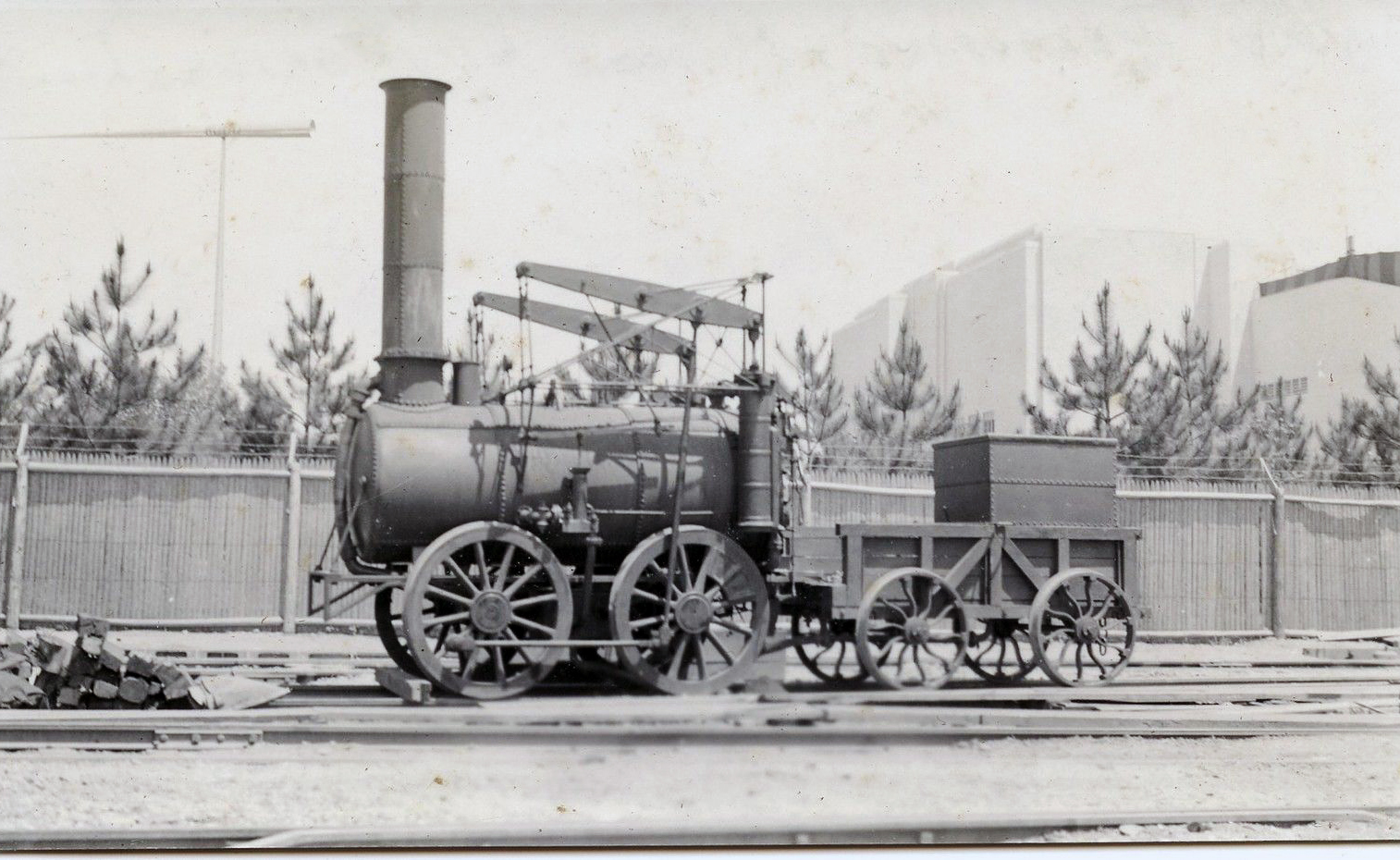In 1814, a British engineer by the name of George Stephenson built the first steam engine for a locomotive. Within fifteen years, New York ordered one straight from England, making the Stourbridge Lion the first steam-powered American locomotive. As we have discussed in another post, steam engines were used for many other forms of transportation, such as boats.
Early steam trains were extremely slow and inefficient. A worker had to be constantly shoveling wood into the fire and the train had to make frequent stops at stations to fill up with water. Early trains had a top speed of five miles per hour, but this quickly increased to twenty miles per hour.
The Stourbridge weighed 7.5 tons, making it impossible to add passengers as the tracks were only built for 4.5 tons. About a year later after the first traveling train, a passenger train was built that carried a total of thirty-six men at once.
Over time trains were built lighter and lighter and tracks became more and more heavy-duty. Bulky steam engines were replaced with sleek diesel and electric engines we know today.
Fun Facts:
- Maglev trains are a type of train that runs completely on magnets. They are quieter, cheaper, pollutant-free, and are faster. However, these trains cost ten-million dollars a mile to lay the tracks.
- Trains today can go 20-30 times faster than the first trains.
- France has built a train that can go 300 miles an hour.
The Stourbridge Lion, in all its ancient, inefficient glory.

WARNING! This website is one big advertisement for a supplement. I do not, by any stretch of the word, endorse this supplement. I just found the information very critical and it happened to be on a medicine website. I repeat, I do not endorse this supplement!
No comments:
Post a Comment
Please be respectful. Think to yourself, "Would I say this to a child?"